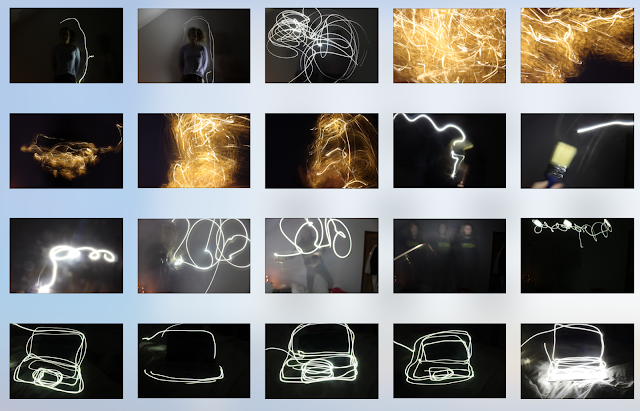The environmental portrait artist I am looking to emulate is Jonathan Bielaski. He says of his work, “People have a story as well as their space, together they complete a visual story and you can capture who they are and what they do in a signal frame.”
Bielaski’s images may have been taken in completely different environments, but they share three key features: the subject is ‘at home’ in his surroundings and is the focus of the image. Meanwhile, his background places him in the context of his environment so it is immediately obvious that the first is a farmer, the second makes guitars and the third is a butcher.
I have taken Bielaski’s shot of a farmer. This image has a blurred background of cows to the right, you can just make out their shape and distinctive black and white colours. You can see the image has been taken inside a agricultural shed and has many metal cubicles. In the foreground to the right, there is a farmer dressed in denim wearing a cream hat. He is leaning onto one of the metal bars separating the cubicles. This is a full-colour image.
The bottom image shows my drawing of the key features of the image. When I emulate this image, I will retain the metal bar he is leaning but local circumstances mean that there won’t be any cubicles and the background may be darker due to the minimal light from inside the shed. The farmer will, however, be wearing denim and a cream hat just like in the original image. The only equipment I will need equipment for the shoot on the 16th of November 2016 is my camera.
My Emulation
 |
This image has a blurred background of cows to the right, you can just make out their shape and distinctive black and white colours. You can see the image has even taken inside a agricultural shed and has many metal cubicles. In the foreground to the right there is a farmer dressed in denim wearing a cream hat. He is leaning onto one of the metal bars separating the cubicles. This is a full colour image.
When i emulate this image i will keep the metal bar he is leaning on the same but there wont be any cubicles and the background will be mostly black due to minimal light from inside the shed. The farmer will be wearing denim and a cream hat just like the original image. I wont need any equipment for the shoot that will take place on the 16th of November, except my camera.
|

















